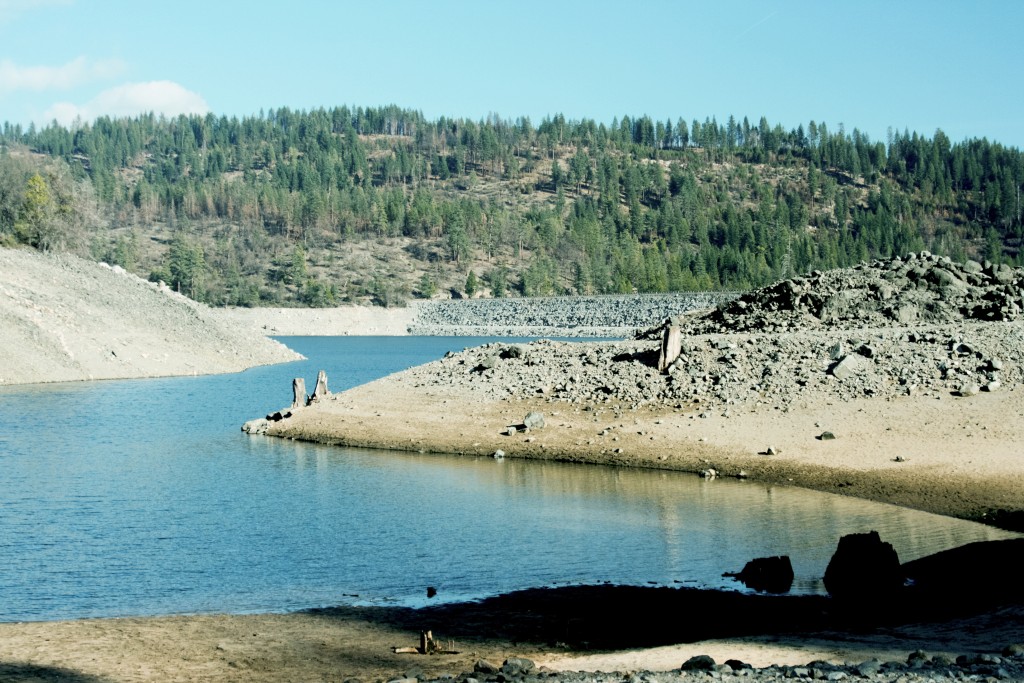Fresh Water or a Superficial Coastline

By Andy Bays/Contributor
California is facing one of the most severe droughts on record.
This year alone, the lack of in potable water falling from the sky will cost our populous state almost $3 billion, and 10,000 agricultural workers will lose their jobs.
Bodies of freshwater are turning into gravel pits, like Lake Oroville and Folsom Lake, and the Central Valley is beginning to look like the set of “Mad Max.”
Gov. Brown has declared a state of emergency, and calls upon each of us to cut our water usage by 20 percent.
As nice as the idea sounds, let’s be real — the average Californian is not likely to cut their water usage.
Using less water is inconvenient and not a social problem that might garner grassroots support like a civil rights issue. Most people don’t care that much unless they are directly affected.
Brown’s pleas for conservation will fall on deaf ears. What we need is a solution that works. The best happens to be one that will destroy one of California’s most sacred and iconic assets – the beautiful beaches.
Sorry surfers, but we need to start building big, noisy, ugly desalinization plants along our pristine coastline.
I know it might be cramping your style, but there’s this giant wet place called the Pacific Ocean right next door.
Countries including Australia, Israel and the Republic of Singapore currently have effective desalination plants and provide much of their fresh water from the ocean.
Opponents say the high energy needs of reverse osmosis (the process of desalination) would drive the price water up 300 percent. I say, why not use the high kinetic energy of the ocean itself in the form of underwater windmills, along with solar panels, to fuel the process for free?
Some naysayers maintain that by the time plants are completed, the drought will be over. I say maybe, maybe not. This could be one of those thousand-year droughts for all we know.
At the very least, we can have plants up and running in case there is another water shortage.
By far, most desalination opponents aim to protect the cosmetic beauty of our beaches.
We have to decide quickly what’s more important – fresh water or a superficial coastline. And that, my friends, is the bone-dry truth.

Comments are closed.